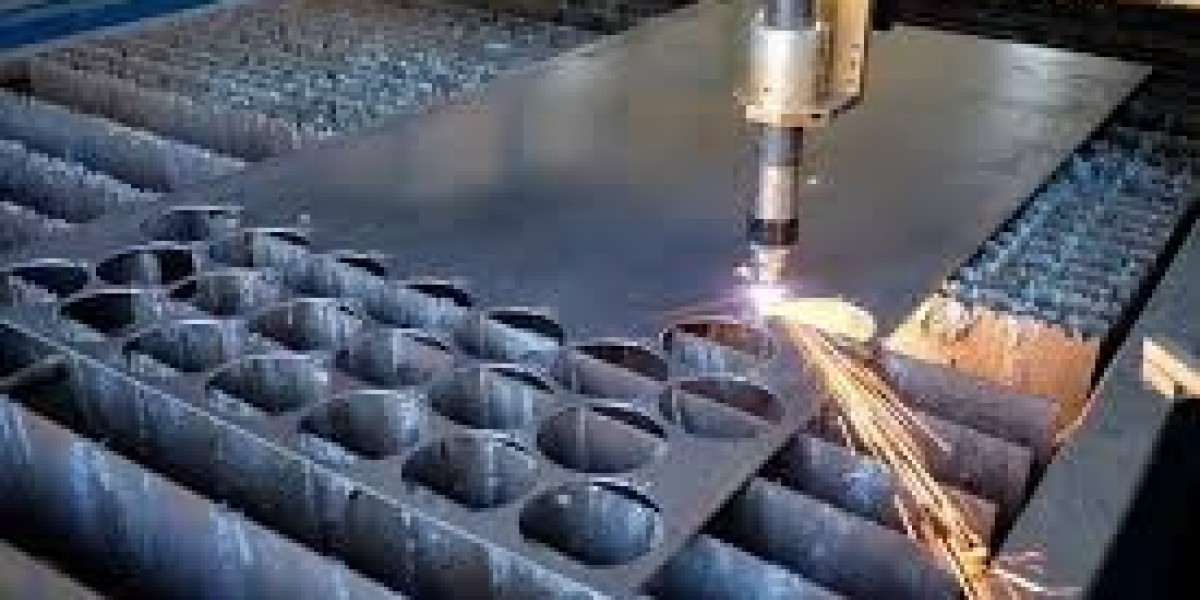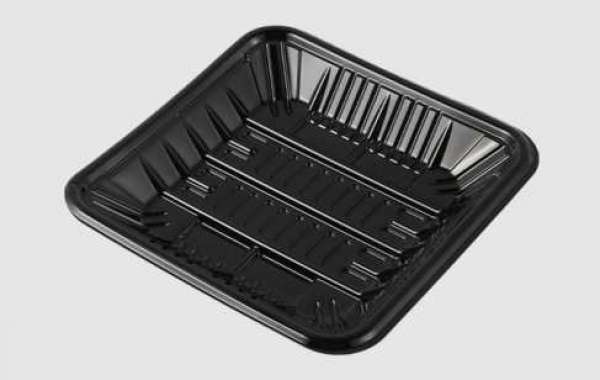In this article, we will explore what metal bending is, its common methods, advantages, and applications.
What is Metal Bending?
Metal bending is the process of deforming metal without cutting or welding it. The material is bent at specific angles using machines or manual tools to create structures like brackets, frames, enclosures, and pipes.
Common Methods of Metal Bending
There are different ways to bend metal, depending on the type of material and the desired shape.
1. Press Brake Bending
- Uses a press brake machine to bend metal sheets at precise angles.
- Ideal for making enclosures, panels, and frames.
- Can create simple and complex bends.
2. Roll Bending
- Uses rollers to gradually bend metal into curves or cylinders.
- Commonly used for making pipes, tubes, and metal rings.
- Suitable for large-radius bends.
3. Rotary Draw Bending
- Uses a rotating die to bend metal tubes and pipes.
- Ensures high accuracy and smooth bends.
- Used in automotive, aerospace, and structural applications.
4. Air Bending
- Uses a punch and die to bend metal without pressing it completely.
- Allows for adjustable angles and flexibility.
- Reduces tool wear and material stress.
5. Bottoming (Coining)
- The metal is pressed fully into a die to create an exact angle.
- Produces highly accurate and repeatable bends.
- Used for parts requiring high precision.
Advantages of Metal Bending
Metal bending offers several benefits:
✔ Precision – Advanced machines allow for accurate bends and consistent quality.
✔ Strength – Bending maintains the metal's structural integrity without welding.
✔ Flexibility – Allows for various shapes and designs.
✔ Cost-Effective – Reduces material waste compared to welding or cutting.
✔ Durability – Bent metal parts last longer due to fewer weak points.
Materials Used in Metal Bending
Different metals can be bent, including:
- Steel – Strong and widely used in construction and machinery.
- Aluminum – Lightweight and corrosion-resistant, ideal for aerospace and automotive parts.
- Copper & Brass – Used in decorative and electrical applications.
- Stainless Steel – Durable and resistant to rust, used in food processing and medical equipment.
Applications of Metal Bending
Metal bending is used in many industries, such as:
- Automotive – Shaping car frames, exhaust pipes, and brackets.
- Construction – Making structural beams, roofing sheets, and handrails.
- Aerospace – Creating lightweight aircraft components.
- Furniture – Producing metal frames for chairs, tables, and shelves.
- Manufacturing – Forming enclosures, brackets, and industrial equipment parts.
Conclusion
Metal bending is an essential manufacturing process that allows industries to create strong, precise, and durable parts without cutting or welding. With modern bending techniques, industries can efficiently shape metal for various applications.










